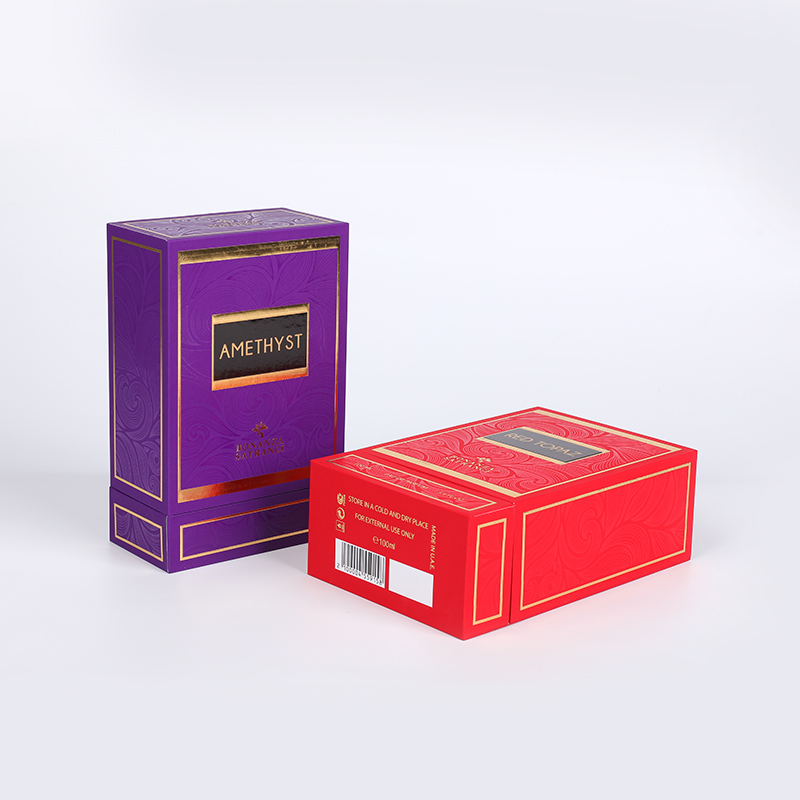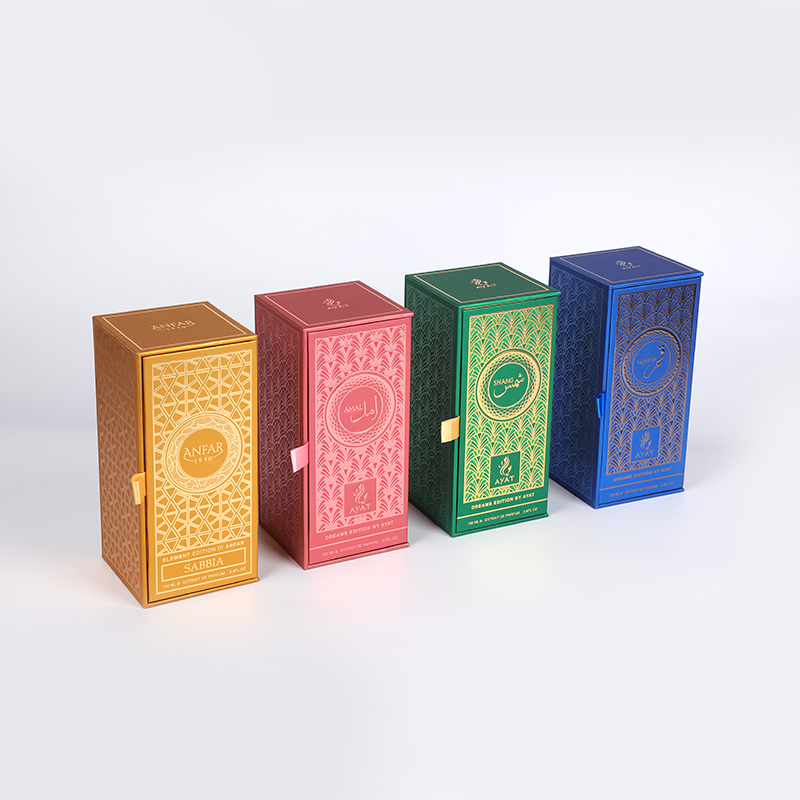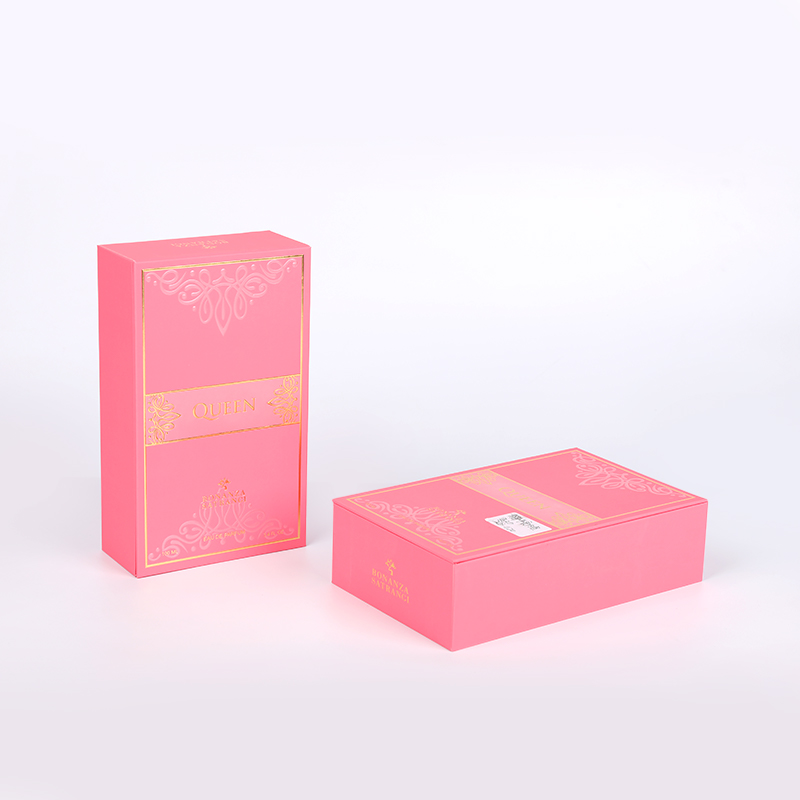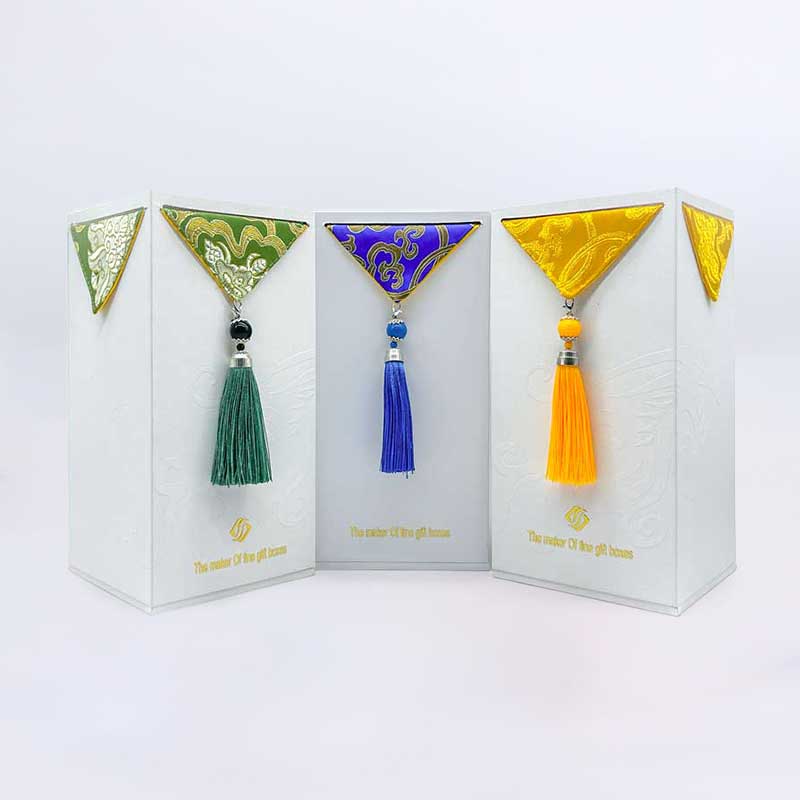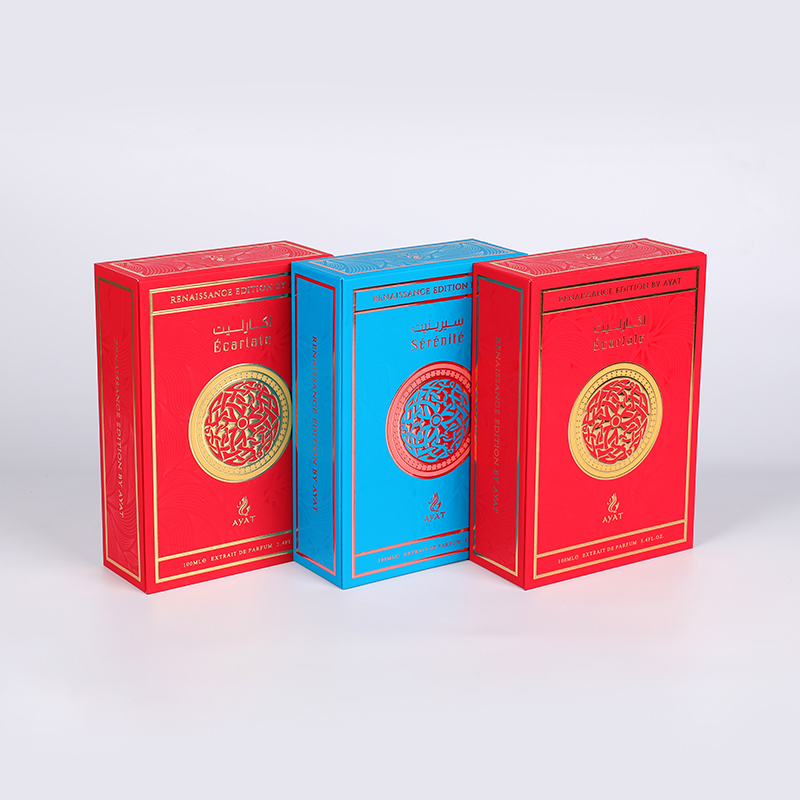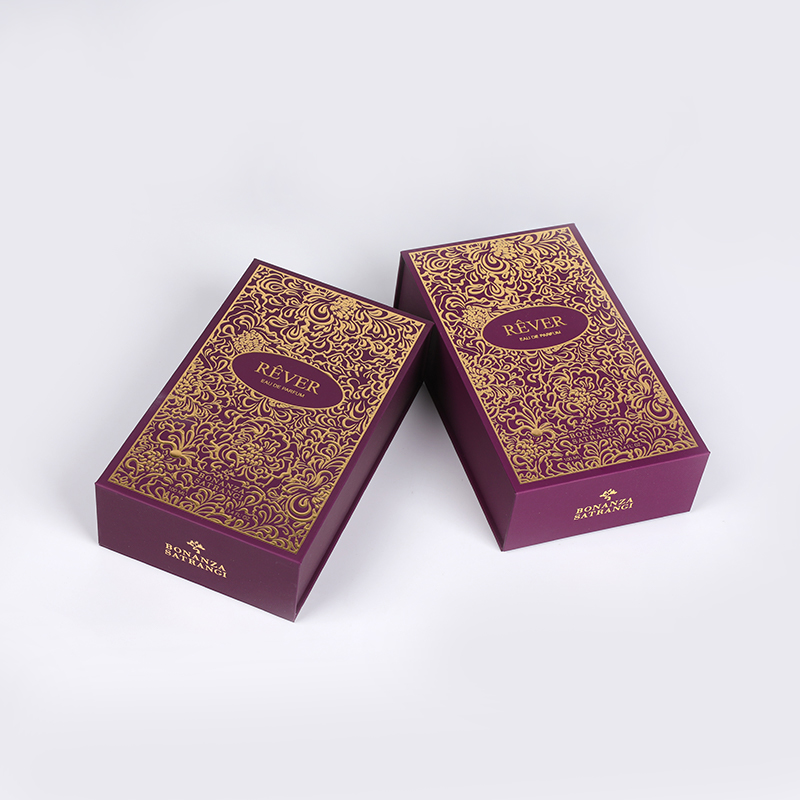Ensuring that the PU leather box achieves clarity and consistency of surface texture through hot pressing or cold pressing is the key to improving product appearance quality and market competitiveness. The following discusses in detail how to achieve this goal from the aspects of process optimization, material selection, equipment adjustment and technical improvement:
1. Hot pressing process optimization
Mold design and processing accuracy:
The design of the hot pressing mold directly affects the clarity of the texture. The mold should be made of high hardness and high wear resistance materials (such as tool steel or carbide) and undergo precision processing (such as CNC engraving or laser etching) to ensure accurate reproduction of texture details.
The mold surface needs to be polished to avoid blurring or adhesion of the texture due to the rough surface.
Temperature control:
During the hot pressing process, temperature is crucial to the softening degree of PU leather and the texture forming effect. Too high temperature may cause excessive melting of the PU coating and distortion of the texture; too low temperature may not be able to fully emboss the texture.
According to the specific formula of PU leather, the optimal hot pressing temperature range is determined by experiment, and a constant temperature control system is used to maintain temperature stability.
Pressure regulation:
Insufficient pressure will cause unclear texture, and excessive pressure may damage the surface structure of PU leather. The optimal pressure value is determined through experiments, and the pressure changes are monitored in real time during production.
Multi-point pressure distribution technology is used to ensure that the pressure between the mold and the material is evenly distributed to avoid local texture blur.
Time control:
The hot pressing time needs to be adjusted according to the thickness and material characteristics of the PU leather. Too short a time may cause the texture to not be fully formed, and too long a time may cause material aging or deformation.
Use an automated control system to accurately control the hot pressing time to ensure the consistency of each stamping.
2. Cold pressing process optimization
Mold cooling system:
The cold pressing process relies on the low temperature of the mold to quickly solidify the PU leather surface, so the mold needs to be equipped with an efficient cooling system (such as water cooling or air cooling). Too slow cooling speed may cause texture distortion, and too fast cooling speed may cause material shrinkage or cracking.
Optimize the cooling channel layout through simulation analysis to ensure uniform mold surface temperature.
Material pretreatment:
Before cold pressing, proper pretreatment of PU leather (such as rapid cooling after heating to a certain temperature) can improve the plasticity of the material and thus enhance the clarity of the texture.
Pressure and mold matching: The cold pressing process also requires precise pressure control. Since the material is harder during cold pressing, the pressure usually needs to be higher than that of hot pressing. At the same time, the design of the mold needs to consider the elastic recovery characteristics of the material to avoid the texture from rebounding and deforming after demolding.
3. Material selection and modification
PU coating performance optimization: The surface coating of PU leather has an important influence on its texture forming effect. By adjusting the coating formula (such as adding cross-linking agents or plasticizers), the flexibility and fluidity of the coating can be improved, making it easier to form clear textures during hot or cold pressing.
Base fabric enhancement: The choice of base fabric will affect the overall stability and texture forming effect of PU leather. Choosing a high-strength, low-ductility base fabric (such as polyester fiber or glass fiber) can reduce the stretching and deformation of the material during the stamping process.
Surface treatment technology: Pre-treating the PU leather surface before stamping (such as plasma treatment or chemical coating) can improve its surface tension and adhesion, thereby improving the clarity and durability of the texture.
4. Equipment improvement and automation
High-precision press:
Using high-precision hydraulic or pneumatic presses, combined with sensors and control systems, precise control of temperature, pressure and time can be achieved to ensure the consistency of each stamping.
Automated production line:
Introducing automated production lines to reduce errors caused by human operation. For example, automatic loading and unloading and positioning by robots ensure that the position of each piece of PU leather in the mold is consistent.
Online detection system:
Install high-definition cameras and image recognition systems to detect the clarity and consistency of the texture in real time after the stamping is completed. For unqualified products, timely remove them and adjust the process parameters.
Through the comprehensive application of the above methods, the surface texture clarity and consistency of PU leather boxes in hot or cold pressing processes can be significantly improved to meet the needs of the high-end market.

 English
English 中文简体
中文简体 عربى
عربى
